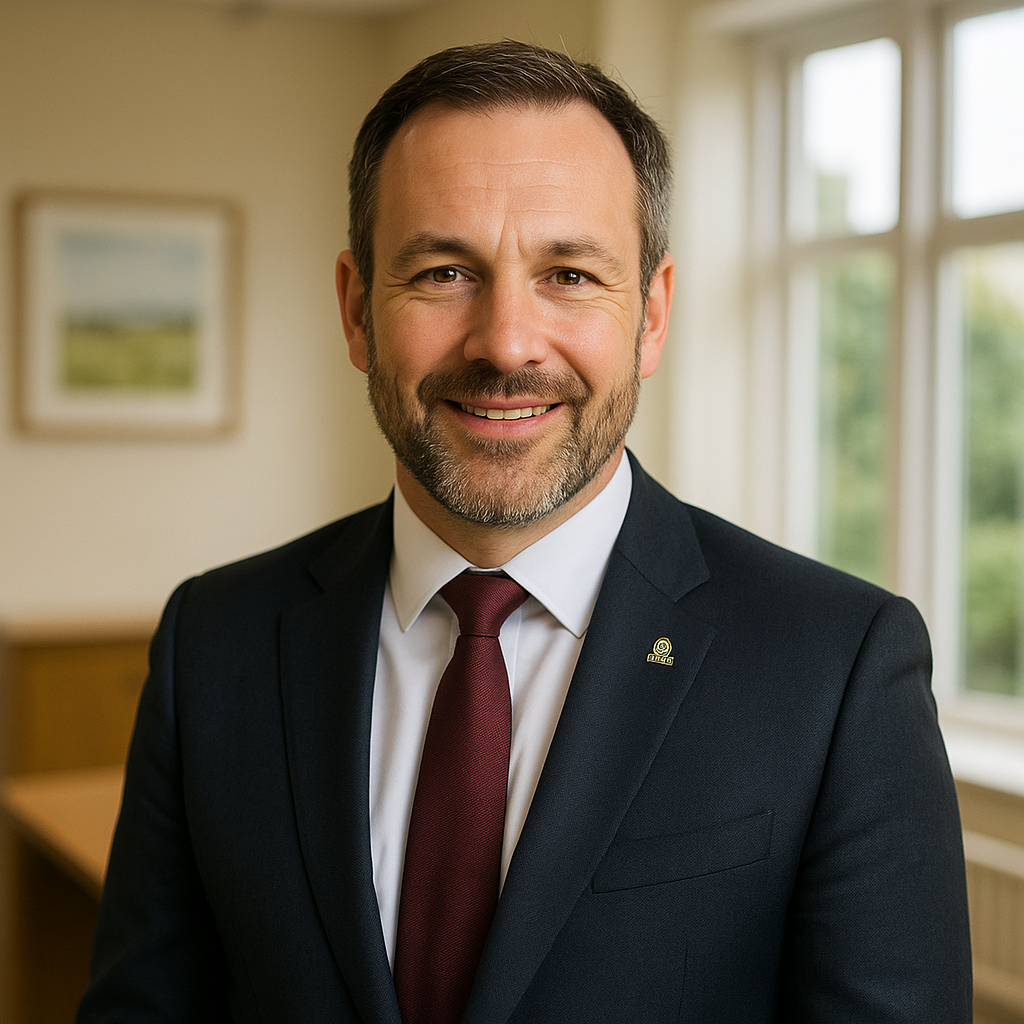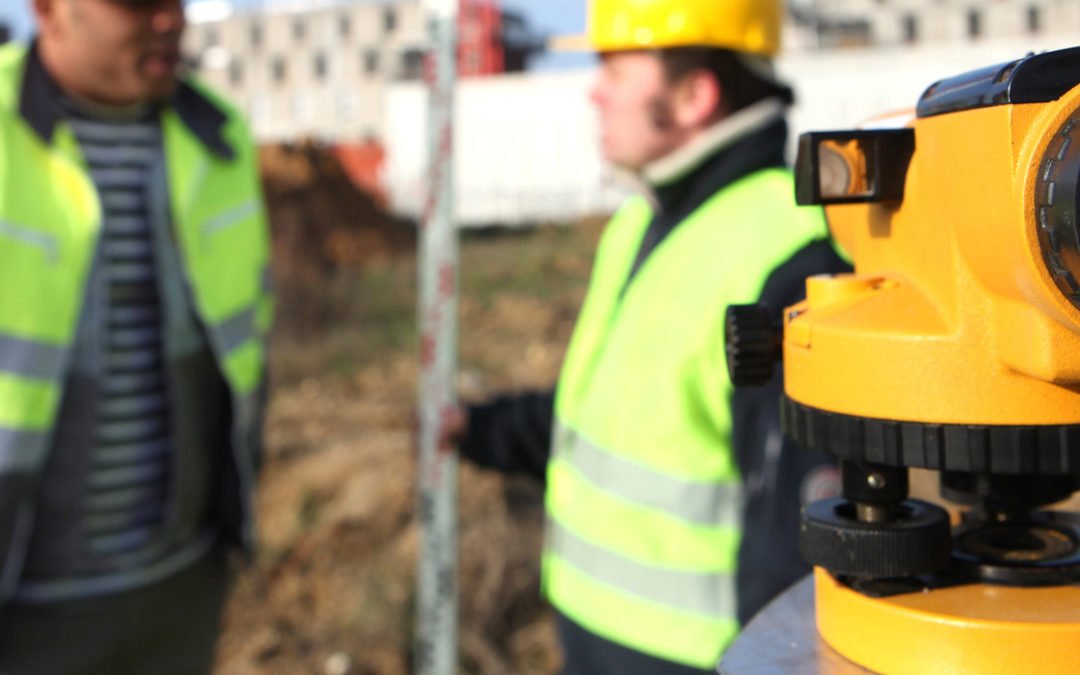
Professional building survey inspection of a Suffolk period property
When you're buying a property in Suffolk, particularly an older or unusual building, a RICS Level 3 building survey is often the most comprehensive way to understand exactly what you're purchasing. As a chartered surveyor with over 20 years of experience across Suffolk's diverse property market, I've conducted thousands of building surveys from Victorian terraces in Ipswich to medieval cottages in Lavenham.
This complete guide will walk you through everything you need to know about building surveys in Suffolk, helping you make an informed decision about whether you need one, what to expect, and how to interpret the findings.
What is a Building Survey?
A building survey, formally known as a RICS Level 3 Home Survey, is the most comprehensive type of property survey available. Unlike the more basic homebuyer report (Level 2), a building survey involves a detailed investigation of the property's structure, condition, and potential issues.
Key Fact: Suffolk Property Types
Suffolk's property portfolio includes over 20,000 listed buildings, including medieval timber-framed houses, Georgian townhouses, Victorian estates, and traditional thatched cottages. Each construction type presents unique surveying challenges that require specialist knowledge.
What Makes Suffolk Properties Unique?
Suffolk's property market is characterized by an extraordinary diversity of building types and ages. From 14th-century wool merchants' houses in Long Melford to modern sustainable developments in Bury St Edmunds, each property type requires different surveying approaches and expertise.
Period Properties
- • Tudor timber frames (15th-16th century)
- • Georgian brick construction (1714-1830)
- • Victorian engineering (1837-1901)
- • Edwardian refinement (1901-1914)
Traditional Materials
- • Thatched roofing (reed and straw)
- • Lime mortar and traditional pointing
- • Oak timber framing and infill
- • Clay lump and cob construction
When Do You Need a Building Survey in Suffolk?
After surveying properties across Suffolk for two decades, I recommend building surveys in several specific circumstances. The decision often depends on the property's age, construction type, and your plans for the building.
Essential Situations for Building Surveys
Properties Built Before 1919
Pre-war properties often feature traditional construction methods that require specialist understanding. This includes most of Suffolk's historic market towns and village properties.
Listed Buildings and Conservation Areas
Suffolk has over 20,000 listed buildings requiring specialist conservation knowledge. Listed building consent may be needed for repairs, affecting both methodology and costs.
Unusual Construction or Materials
Properties with thatched roofs, timber framing, or non-standard construction need detailed investigation beyond standard survey approaches.
Properties Requiring Major Renovation
If you're planning significant alterations or the property needs extensive repair work, a building survey helps you understand the scope and budget required.
What Does a Suffolk Building Survey Include?
A comprehensive building survey covers every accessible part of the property, from foundations to roof space. In Suffolk, we pay particular attention to common regional issues such as clay soil movement, coastal exposure effects, and traditional construction vulnerabilities.
Structural Elements Assessment
External Investigation
- Roof condition and covering materials
- Wall structure and pointing condition
- Window and door frames assessment
- Drainage and guttering systems
Internal Investigation
- Floor structure and condition
- Internal wall and ceiling condition
- Electrical and plumbing services
- Heating systems and insulation
Suffolk-Specific Considerations
Our local expertise means we specifically look for issues common to Suffolk properties. The county's geology, climate, and building traditions create particular challenges that require experienced assessment.
Clay Soil Movement
Much of Suffolk sits on clay subsoil that can expand and contract with moisture changes, potentially causing subsidence or heave. We assess foundation adequacy and look for movement indicators.
Coastal Exposure Effects
Properties within 5 miles of Suffolk's coast face unique challenges from salt exposure, driving rain, and potential erosion risks. We assess weather protection and structural resilience.
Traditional Construction Issues
Timber-framed buildings, thatched roofs, and lime mortar construction require specialist assessment techniques. We understand how these traditional materials behave and age.
Understanding Your Building Survey Report
A building survey report typically runs 30-50 pages and includes detailed descriptions, photographs, and recommendations. Understanding how to interpret this information is crucial for making informed decisions about your property purchase.
Report Structure and Content
Typical Report Sections
- 1. Executive Summary
- 2. External Condition Assessment
- 3. Internal Condition Assessment
- 4. Services Evaluation
- 5. Grounds and Boundaries
- 6. Risk Assessment
- 7. Repair Recommendations
- 8. Maintenance Advice
- 9. Further Investigation Areas
- 10. Photographic Evidence
Priority Rating System
Most building survey reports use a three-tier priority system to help you understand the urgency and importance of different findings. This helps you prioritize repair work and budget accordingly.
Priority 1 - Urgent Action Required
Issues requiring immediate attention to prevent further deterioration or safety risks. Examples: structural movement, roof leaks, electrical safety hazards.
Priority 2 - Attention Needed
Issues requiring attention within 12-24 months. Examples: window maintenance, external redecorating, minor roof repairs.
Priority 3 - Future Consideration
Items for future attention or improvement opportunities. Examples: energy efficiency upgrades, cosmetic improvements, long-term maintenance planning.
Building Survey Costs in Suffolk
Building survey costs vary based on property size, complexity, and location. As a rough guide, expect to pay between £800-£1,500 for most residential properties in Suffolk, with larger or more complex buildings commanding higher fees.
Typical Cost Ranges (2024 Prices)
Small Properties
1-2 bedroom cottages, flats, small houses up to 1,200 sq ft
Medium Properties
3-4 bedroom houses, larger cottages, 1,200-2,500 sq ft
Large Properties
Large houses, period properties, complex buildings over 2,500 sq ft
Note: Listed buildings, thatched properties, and buildings requiring specialist access equipment may incur additional costs. We provide fixed-price quotes with no hidden charges.
Common Issues Found in Suffolk Properties
After conducting thousands of surveys across Suffolk, certain issues appear more frequently than others. Understanding these common problems helps you know what to expect and budget accordingly.
Structural Issues
Subsidence and Settlement (Found in ~15% of surveys)
Suffolk's clay soils can cause ground movement, particularly during dry summers. Victorian and Edwardian properties are most susceptible due to shallow foundations.
Typical costs: Minor monitoring and repair £2,000-£5,000. Major underpinning £15,000-£50,000+ per affected area.
Roof Issues (Found in ~40% of surveys)
Age-related deterioration of roof coverings, particularly clay tiles and thatched roofs. Suffolk's exposed coastal areas see accelerated weather damage.
Typical costs: Minor repairs £1,000-£3,000. Full re-roofing £8,000-£15,000. Thatch renewal £20,000-£40,000.
Period Property Specific Issues
Timber Frame Problems
- • Beetle infestation (woodworm, death watch beetle)
- • Wet rot in sill plates and ground floor joists
- • Movement in frame joints and connections
- • Inappropriate modern repairs using hard materials
Traditional Material Issues
- • Lime mortar deterioration and inappropriate repointing
- • Thatch deterioration and ridge tile displacement
- • Clay lump erosion and structural weakness
- • Single-glazed windows and poor thermal performance
Choosing the Right Surveyor in Suffolk
Not all surveyors have equal experience with Suffolk's unique property types. When choosing a building surveyor, local knowledge and specialist expertise can make a significant difference to the quality and value of your survey.
Essential Qualifications and Experience
What to Look For
Questions to Ask Your Surveyor
How many surveys have you conducted on similar properties in Suffolk?
Look for extensive local experience, particularly with your property type.
Do you have experience with [specific construction type, e.g., thatched/timber-framed]?
Specialist knowledge is crucial for traditional construction assessment.
What access equipment do you use, and are there additional costs?
Proper access to roofs and high areas is essential for thorough surveys.
How long will the inspection take, and when will I receive the report?
Thorough surveys take 3-6 hours; reports should be delivered within 5-7 days.
Conclusion: Making the Right Decision
A building survey represents a small percentage of your total property purchase cost but can save thousands of pounds by identifying issues before you commit to buying. In Suffolk's diverse property market, with its mix of period buildings and modern constructions, professional survey advice is invaluable.
Key Takeaways
- Building surveys are essential for properties built before 1919 or with unusual construction
- Suffolk's clay soils and coastal exposure create specific risks requiring local expertise
- Survey costs of £800-£1,500 are minimal compared to potential repair costs
- Choose a RICS chartered surveyor with proven Suffolk experience
Whether you're buying a medieval cottage in Lavenham or a Victorian villa in Ipswich, understanding the property's condition through a professional building survey gives you the confidence to make informed decisions about your investment.

David Richardson, MRICS
Managing Director & Senior Chartered Surveyor
David has over 20 years of surveying experience across Suffolk, specializing in period properties and complex building condition assessments. He is a Chartered Member of RICS and regularly provides expert witness services.
